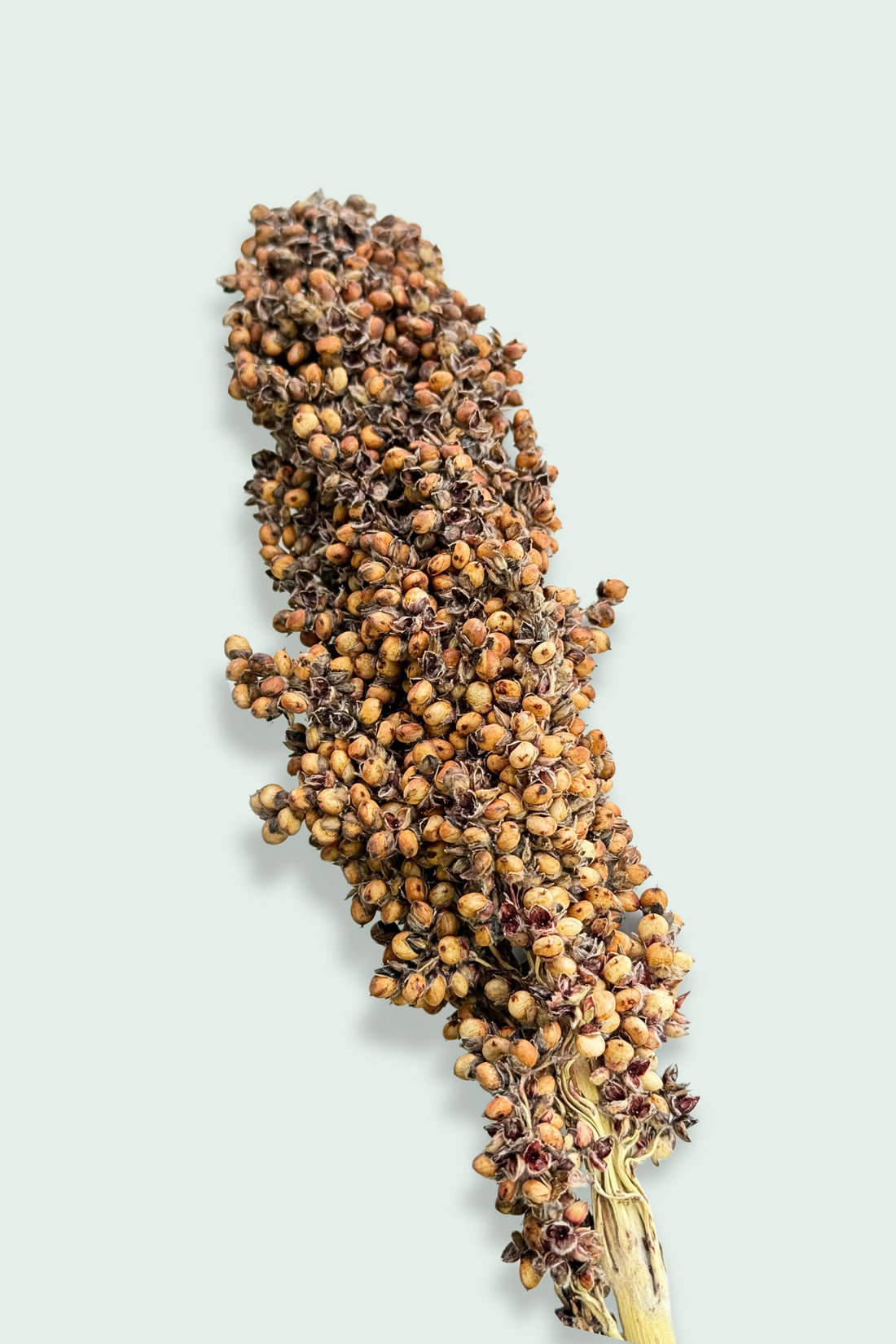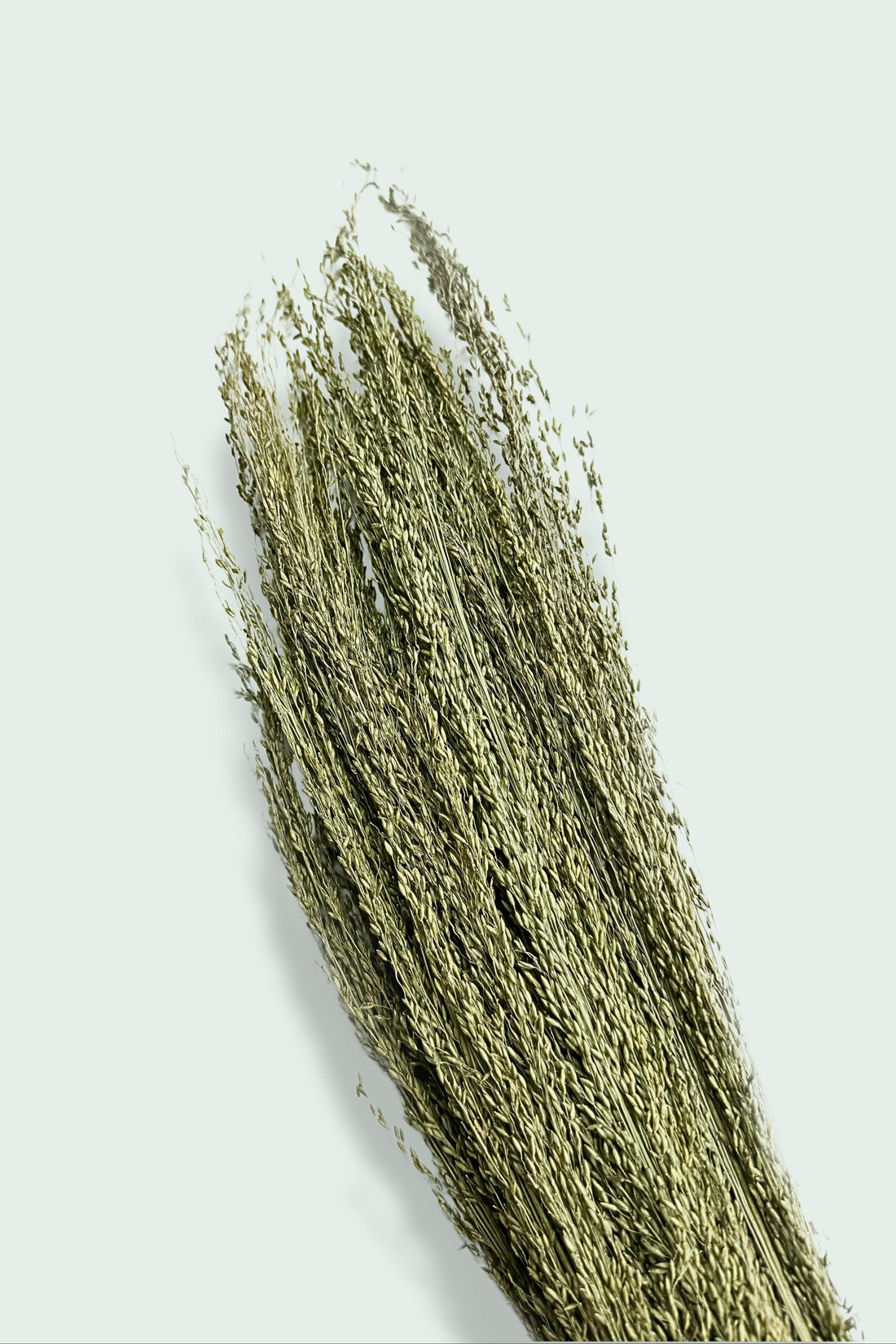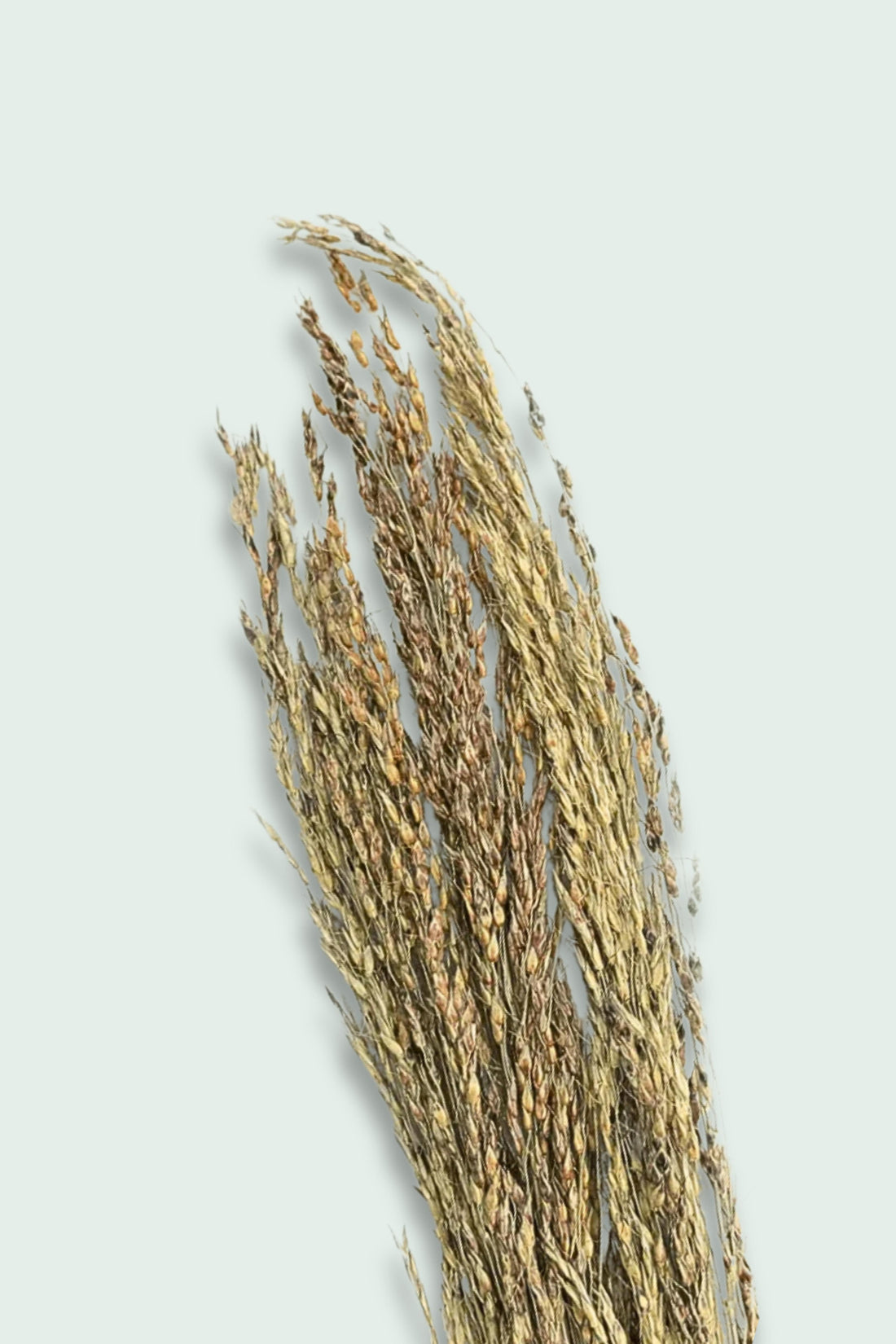Hamsters are among the most beloved small pets in the world, known for their adorable looks, compact size, and playful nature. But did you know there are several types of hamsters—each with unique traits, temperaments, and care needs? Whether you're considering adopting, buying a hamster or just curious about these fascinating little animals, this guide will introduce you to the hamster types and help you choose the best match for your home.
🐹 1. Syrian Hamster (Golden Hamster)
🐾 Also Known As:
-
Teddy Bear Hamster (long-haired variety)
-
Standard Golden Hamster
-
Fancy Hamster (when bred in special coat colors)
📏 Size:
-
5 to 7 inches long (13 to 18 cm)
-
Larger and bulkier than dwarf species, making them easier to observe and handle
⏳ Lifespan:
-
2 to 3 years on average with proper care, diet, and enrichment
💡 Personality:
-
Solitary and territorial: Syrian hamsters are strictly solitary and will fight—often fatally—if housed with others. Always keep them alone, even siblings.
-
Curious and intelligent: Syrians love exploring, climbing, and digging. They are quick to learn routines and can recognize their owner's voice or scent.
-
Easy to tame: Their calm nature and larger size make them ideal for taming. With gentle handling, they become trusting and may even sit in your hand or climb up your arm.
-
Great for beginners: Their predictable behavior and slow movements make them a favorite for first-time hamster owners.
🌟 Key Traits & Special Care Notes:
Syrian hamsters are the most widely kept pet hamster breed—and for good reason. They’re charming, interactive, and come in a variety of fur types and colors, including:
-
Golden (original wild type)
-
Cinnamon
-
Black
-
Cream
-
Tortoiseshell
-
Bandit-faced or “panda” markings
-
Satin and Rex (curly coat/whiskers)
Some Syrians have long, fluffy fur—these are known as Teddy Bear Hamsters. Long-haired males may require occasional brushing to avoid tangles or bedding stuck in the fur.
🏠 Housing Requirements:
-
Minimum cage size: 100x50 cm floor space (ideally more)
-
Wheel size: 28 cm or larger to prevent spinal arching
-
Deep bedding: At least 15 cm for digging and tunneling
-
Enrichment: Tunnels, wooden chew toys, platforms, hideouts, and foraging opportunities
❗ Note: Wire floors, cotton fluff, and small wheels can harm Syrian hamsters. Always choose safe, natural materials and appropriate sizing.
🍽️ Feeding Tips:
Syrians are omnivores and benefit from a varied diet including:
-
High-quality seed mixes
-
Dried flowers and herbs
-
Fresh vegetables (in moderation)
-
Occasional insects or mealworms for protein
-
Limited treats like plain boiled egg or unsweetened porridge oats
🛒 Explore our Syrian-friendly flower forage mixes packed with edible petals and botanicals that encourage natural foraging behaviors. Our chew toys help keep their ever-growing teeth healthy while providing mental stimulation.
💬 Did You Know?
The modern domesticated Syrian hamster descends from a single wild litter found in Aleppo, Syria, in 1930. All pet Syrians are descendants of those original few—making them genetically close despite their color diversity.
🐭 2. Dwarf Campbell’s Russian Hamster
📏 Size:
-
3.5 to 4 inches long (9 to 10 cm)
-
Compact and agile, these hamsters are slightly smaller than Syrians but still very energetic and curious.
⏳ Lifespan:
-
1.5 to 2 years, though some may live a bit longer with excellent care and a low-stress environment.
💡 Personality:
-
Lively and social: Campbell’s hamsters are very active and inquisitive, often seen darting around their enclosure or exploring new objects.
-
Skittish and fast: Due to their small size and speed, they may not be the best choice for very young children or inexperienced handlers. However, with patience and consistent handling, they can become tamer over time.
🌟 Key Traits & Special Care Notes:
Dwarf Campbell’s Russian Hamsters are one of the most popular dwarf breeds kept as pets. They are often confused with their close cousins—the Winter White hamsters—but can be distinguished by:
-
More pointed noses
-
Slightly more prominent eyes
-
A wider variety of coat colors and patterns, such as:
-
Normal (gray-brown with a dark dorsal stripe)
-
Albino
-
Argente (reddish beige)
-
Mottled or patterned varieties
-
🏠 Housing Requirements:
-
Cage size: Minimum 100x50 cm floor space (the bigger, the better)
-
Wheel size: At least 20 cm in diameter
-
Tunnels and hideouts: Essential for privacy and stimulation
-
Multiple hides and food dishes: If keeping in pairs, provide duplicates to avoid conflict
-
Deep bedding: At least 10–15 cm to encourage burrowing
⚠️ Campbell’s hamsters are expert escape artists. Always ensure the cage has secure bar spacing (less than 1 cm) or opt for a bin cage or tank setup with mesh lids.
🍽️ Feeding Tips:
This breed is genetically prone to diabetes, so special care should be taken when feeding:
-
Avoid sugary fruits like bananas or grapes
-
Stick to low-GI vegetables (e.g., broccoli, cucumber, spinach)
-
Offer high-quality, dwarf-specific seed mixes
-
Occasional protein boosts with mealworms or boiled egg
-
Include dried herbs and flowers for variety and natural behavior
🛒 Check out our dwarf-safe forage mixes and sugar-free chew treats—crafted to suit Campbell's nutritional needs while keeping them happily nibbling and exploring.
💬 Did You Know?
Campbell’s Russian hamsters were first discovered in Mongolia and Russia in the early 1900s. They're named after Charles William Campbell, who collected the first specimen in 1902. Despite their wild roots, they’ve become well-adapted to life as domestic pets and are now widely bred in captivity.
❄️ 3. Dwarf Winter White Russian Hamster
📏 Size:
-
3.5 to 4 inches (9 to 10 cm)
-
Small, rounded body with a short nose and stubby tail—giving them a cute, “compact” look that sets them apart from other dwarfs.
⏳ Lifespan:
-
1.5 to 2 years, with some individuals living slightly longer in a calm, enriched environment.
💡 Personality:
-
Calm and gentle: Winter Whites are known for their mild temperament, making them a fantastic choice for first-time owners or those seeking a peaceful pet.
-
Tolerant of handling: With consistent, respectful handling, they often become very tame and may even enjoy sitting in your hand or taking treats from your fingers.
🌟 Key Traits & Special Care Notes:
Winter White Russian Hamsters—often just called Winter Whites—are closely related to the Campbell’s Dwarf but are slightly stockier with more rounded features and less pointed faces.
❄️ Unique Seasonal Trait:
-
Color change in winter: In the wild, their fur turns white in colder months to camouflage in snow—hence the name. In captivity, some Winter Whites still experience a partial or full molt to white, especially if exposed to cooler temperatures and shorter daylight hours.
-
Their typical summer coat is grayish-brown with a dark dorsal stripe.
🧬 Note: Not all hamsters sold as “Winter Whites” are purebred—many are hybrids with Campbell’s hamsters, which reduces the likelihood of color change and can cause health issues.
🐾 Coat Colors:
-
Normal (gray-brown)
-
Pearl (white with gray tipping)
-
Sapphire (blue-gray with a subtle sheen)
-
Sapphire Pearl (a blend of pearl and sapphire tones)
🏠 Housing Requirements:
-
Minimum cage size: 100x50 cm, but larger is always better
-
Bedding depth: 15 cm or more for burrowing
-
Solid wheel size: 20 cm or larger
-
Multiple hides and levels: Promote exploration and reduce boredom
-
Secure cage design: Their small size and strength make them excellent escape artists—use cages with tight bar spacing (under 1 cm), glass tanks, or modified bin cages with secure lids
🧠 These intelligent hamsters need plenty of mental stimulation: offer tunnels, cork logs, sand baths, and safe chew toys to prevent boredom.
🍽️ Feeding Tips:
Winter Whites are omnivores and thrive on a balanced diet rich in seeds, grains, and herbs:
-
Use dwarf-specific mixes to avoid excess fat and sugar
-
Offer safe vegetables like courgette, kale, and cucumber
-
Limit sugary fruit and human treats
-
Provide occasional protein via mealworms, boiled egg, or a tiny piece of cooked chicken
-
Include dried flowers and botanicals for natural foraging behavior
🛒 Our dwarf-friendly forage blends and natural chews are ideal for encouraging enrichment and supporting healthy digestion without added sugars.
💬 Did You Know?
Winter White hamsters originate from the snowy steppes of Kazakhstan, Mongolia, and Siberia, where their white winter coats evolved as natural camouflage. Despite their wild roots, they’re now cherished pets thanks to their sweet nature and ease of care.
🏜️ 4. Roborovski Hamster (Robo)
📏 Size:
-
Approximately 2 inches (5 cm)
-
The smallest of all domesticated hamster species, with a light build, short tail, and delicate features.
⏳ Lifespan:
-
3 to 3.5 years, making them one of the longest-living hamster breeds when properly cared for.
💡 Personality:
-
Extremely fast and alert: Roborovskis are lightning-quick and rarely sit still. Their speed can make them hard to catch, which is why they are best enjoyed as “watch only” pets.
-
Shy and reserved: They often hide when startled and may take a long time to grow accustomed to humans. Even when tamed, they typically dislike being picked up.
-
Better for observing than handling: Their jumpy, delicate nature means they aren’t suitable for children. Instead, they thrive in well-decorated enclosures where they can freely explore.
🌟 Key Traits & Special Care Notes:
Roborovski hamsters (or Robos) hail from the deserts and dry grasslands of Mongolia, China, and Kazakhstan. Their natural environment has shaped them into hyper-alert, highly active little animals that are endlessly entertaining to observe.
🐾 Physical Traits:
-
Sandy or fawn-colored fur with a pale underside and no dorsal stripe (unlike many other dwarf types)
-
Distinctive white “eyebrows” above their large, dark eyes
-
Lightweight, agile frame perfect for running, digging, and darting through tunnels
⚡ Fun Fact:
A Roborovski hamster can run up to 6 miles (10 km) in a single night on its wheel. This level of energy demands a highly stimulating habitat!
🏠 Housing Requirements:
-
Minimum cage size: 100x50 cm, but ideally larger
-
Bar spacing: Less than 0.5 cm—Robos can squeeze through the tiniest gaps!
-
Wheel size: At least 20 cm with a solid surface (no mesh or rungs)
-
Bedding depth: At least 15–20 cm of safe substrate for burrowing
-
Multiple hides, tunnels, and sand baths: Mimic their natural desert environment with plenty of safe hiding spots and materials for digging
🍽️ Feeding Tips:
Due to their tiny mouths and fast metabolism, Roborovskis benefit from:
-
Small food portions to reduce hoarding and waste
-
Tiny seeds like millet, canary seed, flax, and quinoa
-
A dwarf-safe seed mix with low sugar content
-
Fresh vegetables in small amounts (e.g., cucumber, chicory, or broccoli florets)
-
A protein source like dried mealworms or small crickets
🛒 Perfect for Robos: Our mini forage mixes, fine-cut dried herbs, and soft chew sticks are all sized specifically for smaller mouths and delicate teeth.
💬 Did You Know?
Roborovskis were first discovered in the late 1800s by Russian zoologist Lt. Vsevolod Roborovski, after whom the species is named. Unlike other hamsters, they have adapted to desert life, needing less water and being naturally active at cooler times of day.
🎥 Looking for a pet that’s endlessly entertaining? A Robo hamster in a well-designed setup is like a mini wildlife documentary in your home—no two nights are the same!
🌾 5. Chinese Hamster
📏 Size:
-
4 to 5 inches (10 to 12 cm)
-
Slightly longer and slimmer than dwarf hamsters, with a more “mouse-like” body structure.
⏳ Lifespan:
-
2 to 3 years, although some may live longer with low stress, a proper diet, and good genetics.
💡 Personality:
-
Timid but gentle: Chinese hamsters are generally shy at first but become calm and docile with consistent, patient interaction.
-
Affectionate once tamed: Though less popular than other hamster species, they can form strong bonds with their owners and even rest comfortably in a hand once fully tamed.
-
Territorial: While not overtly aggressive, Chinese hamsters prefer solitude. They will fight if housed with others, especially as adults. It’s best to keep them alone to avoid stress or injury.
-
Quiet and clean: They’re not as hyperactive as Robos or as bold as Syrians, making them a more peaceful presence in a calm environment.
🌟 Key Traits & Special Care Notes:
Although often sold alongside dwarf hamsters, the Chinese hamster is not a true dwarf. It belongs to a different genus (Cricetulus griseus) and has distinct anatomical and behavioral differences.
🐭 Physical Characteristics:
-
Long tail (around 1 inch / 2.5 cm)—much longer than other pet hamsters, giving them a more rodent-like look
-
Slender, elongated body—resembles a cross between a mouse and a hamster
-
Coat colors:
-
Normal (agouti): brownish-grey with a dark stripe down the back and pale underside
-
Dominant Spot: white with dark patches
-
-
Gripping paws: They use their back feet and tail for balance while climbing or standing upright
🧬 Rarity:
Chinese hamsters are less common in pet shops and may require sourcing from specialist breeders. In some regions (like California), owning one may require a permit due to their classification as exotic rodents.
🏠 Housing Requirements:
-
Minimum cage size: 100x50 cm or larger
-
Bar spacing: 0.5 cm or less to prevent escapes
-
Vertical space: Unlike other hamsters, Chinese hamsters enjoy climbing—add branches, ladders, and levels
-
Bedding depth: 15+ cm for burrowing
-
Wheel size: At least 20 cm with a solid surface
-
Hides and tunnels: Essential for their shy nature and for creating a stress-free environment
🧗♂️ Enclosures with both ground-level burrowing and vertical enrichment give Chinese hamsters the full range of exercise they need.
🍽️ Feeding Tips:
Chinese hamsters thrive on a balanced, low-sugar diet:
-
Use seed-based mixes designed for dwarfs to avoid excess fat and sugar
-
Offer safe vegetables like pak choi, endive, or courgette
-
Include protein sources such as mealworms, egg, or plain cooked chicken
-
Forage items like dried leaves, blossoms, and herbs support natural foraging instincts
🛒 Our vertical-safe chew toys, forage herbs are specially crafted to match the Chinese hamster’s needs.
💬 Did You Know?
Chinese hamsters have been used extensively in scientific research, particularly the Chinese Hamster Ovary (CHO) cell line, which is vital in producing therapeutic proteins. Despite their lab history, they make gentle and rewarding companions for the right owner.
🐾 Choosing the Right Hamster for You
Selecting the perfect hamster isn’t just about cuteness—it’s about understanding your lifestyle, space, and how much interaction you want with your pet. Each hamster species has its own personality, care requirements, and quirks. Here's what to keep in mind when choosing the right companion:
🤝 Handling Needs
If you’re looking for a pet you can gently interact with and hold on a regular basis, Syrian hamsters are your best bet. They are:
-
Larger and easier to handle
-
More tolerant of human interaction
-
Ideal for first-time hamster owners
On the other hand, Roborovski hamsters are not suited to handling. They're incredibly fast and shy, making them better for experienced owners or those who enjoy watching their pets explore rather than holding them.
Chinese and Winter White hamsters fall somewhere in the middle—they can be tamed with patience but may still prefer minimal handling.
🏡 Space Requirements
-
All hamsters, regardless of species, need spacious cages that support their natural behaviors and physical needs. While there are differences in size and temperament between Syrian, Dwarf, and Roborovski hamsters, every hamster benefits from a large enclosure with ample floor space, deep bedding for digging, and enriching accessories like tunnels, hides, and solid wheels. A bigger habitat promotes better mental and physical health, reduces stress, and allows hamsters to express their natural instincts—making it essential for every species, not just the larger or more active ones.
Note: Always go beyond minimum cage sizes when possible—more space equals a happier hamster!
🧬 Health Concerns to Consider
Different species come with different health predispositions:
-
Dwarf hamsters—especially Campbell’s—are more prone to diabetes. A strict, low-sugar diet is essential.
-
Chinese hamsters can also be sensitive to sweet foods and should avoid sugary fruits.
-
Syrians are less prone to diabetes but still require a balanced diet and plenty of exercise to prevent obesity.
At Moony Paw, we create species-appropriate treats, forage mixes, and chewable enrichment items to support each hamster's individual health profile.
❤️ Universal Needs for All Hamsters
Regardless of type, every hamster deserves:
-
A secure, spacious enclosure
-
Deep, soft bedding for digging and burrowing
-
A solid-surface wheel for exercise
-
Daily stimulation with chew toys, tunnels, and foraging opportunities
-
A healthy, varied diet free from excess sugars and artificial additives
🛒 At Moony Paw, we offer a handpicked selection of:
-
Natural flower mixes tailored to hamster preferences and sizes
-
Chew toys to promote dental health and relieve boredom
-
Foraging bundles and hideouts that mimic their wild instincts
Explore our shop to build the perfect habitat and diet plan for your furry friend—no matter the breed.






